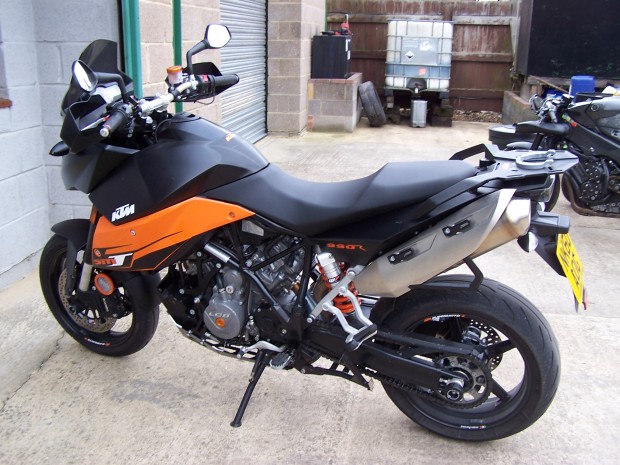With all of these KTM ECU remaps we make a point of riding the bike as it comes in, and when it goes out; it’s the only way to assess the engine before and after as you can’t always feel issues or improvements on the Dyno. First job after the initial test ride is to plug into the ECU and download its map so we can get to work. Switching off the lambdas is next (we’d rather remap to open cans, but they can be left in place) but we don’t fuel it as heavily under 4,000rpm as we could to protect the cats.
Next up are the secondary butterflies, which do have a major impact on how these bikes run. You can’t remove them completely, but we modify the map to open them earlier. There are four main fuel maps, four Manifold Air Pressure maps and five ignition maps to adjust so there are no quick fixes here – and sorting the ignition maps is key to getting the right result. The aim is to deliver much more on/off throttle civility and usability – we’re looking for the ‘analog’ throttle feel that the old carb’d 950 engines had, rather than the ‘digital’ feel of the injected 990s.
Each bike is different and we generally find all need subtle differences in their mapping, relative to how loose the engine is and its intake/exhaust setup. This SMT turned out sweetly, with a smooth power delivery and more go in the midrange.



